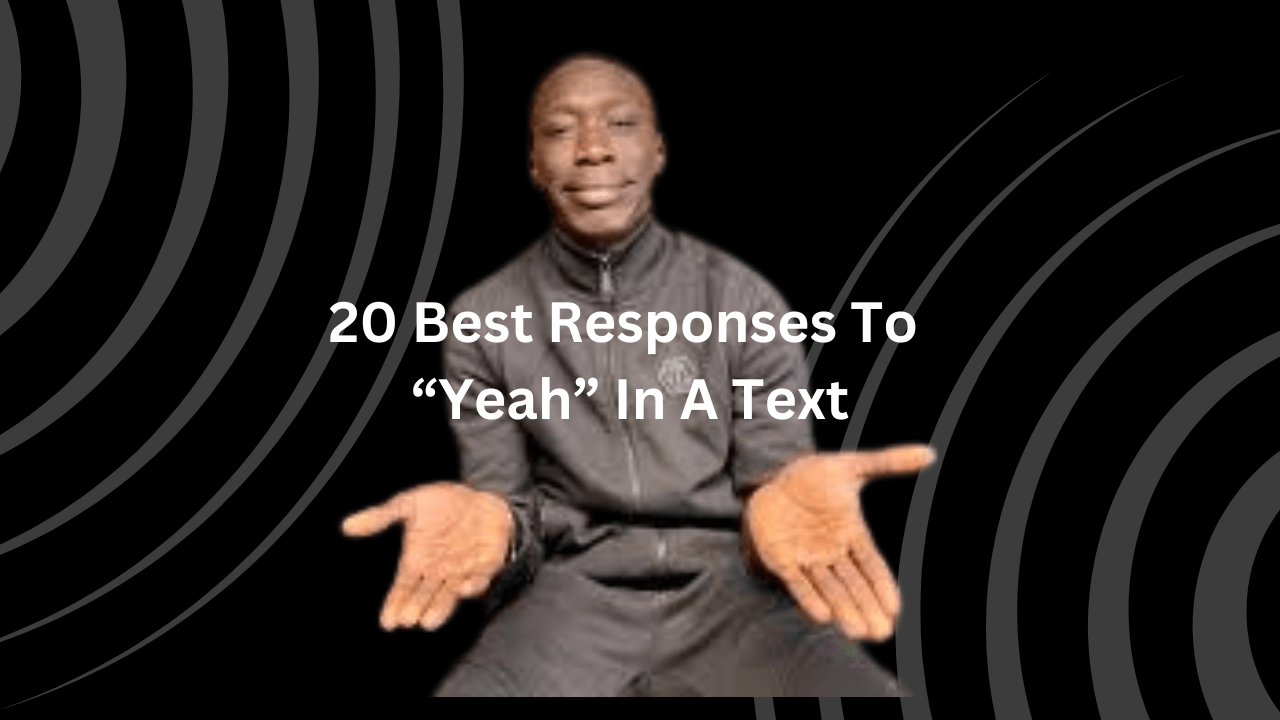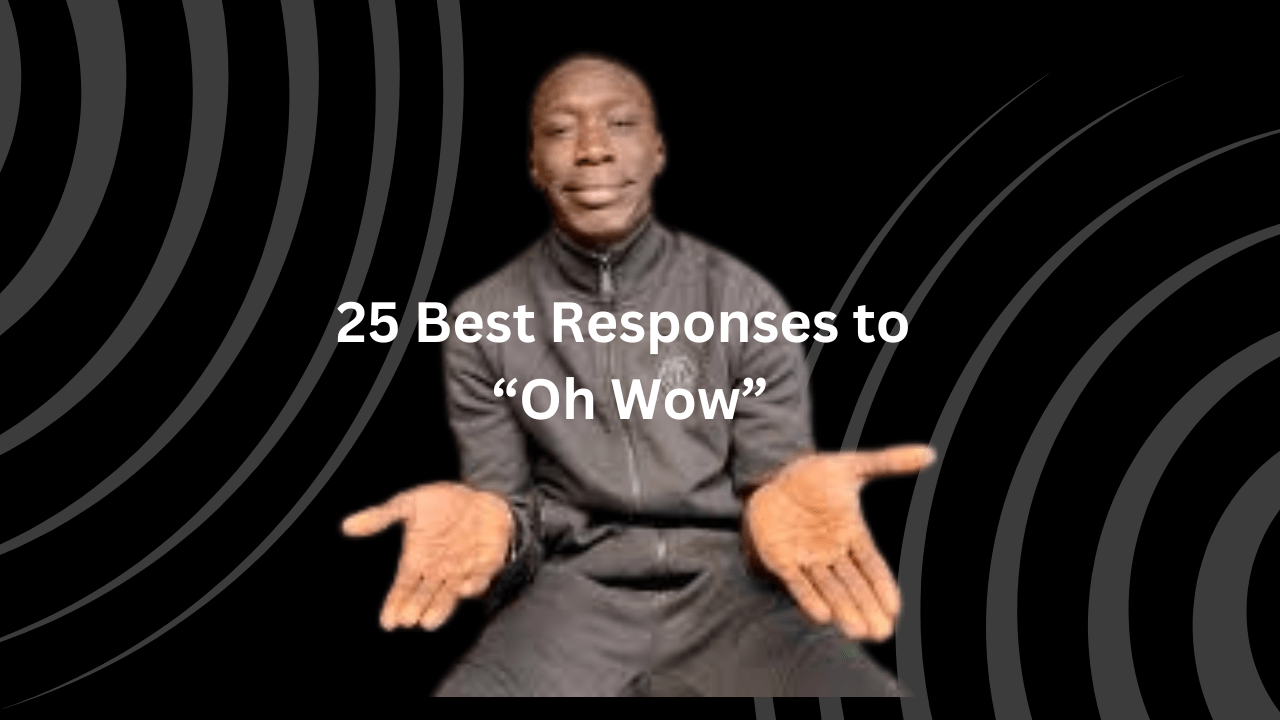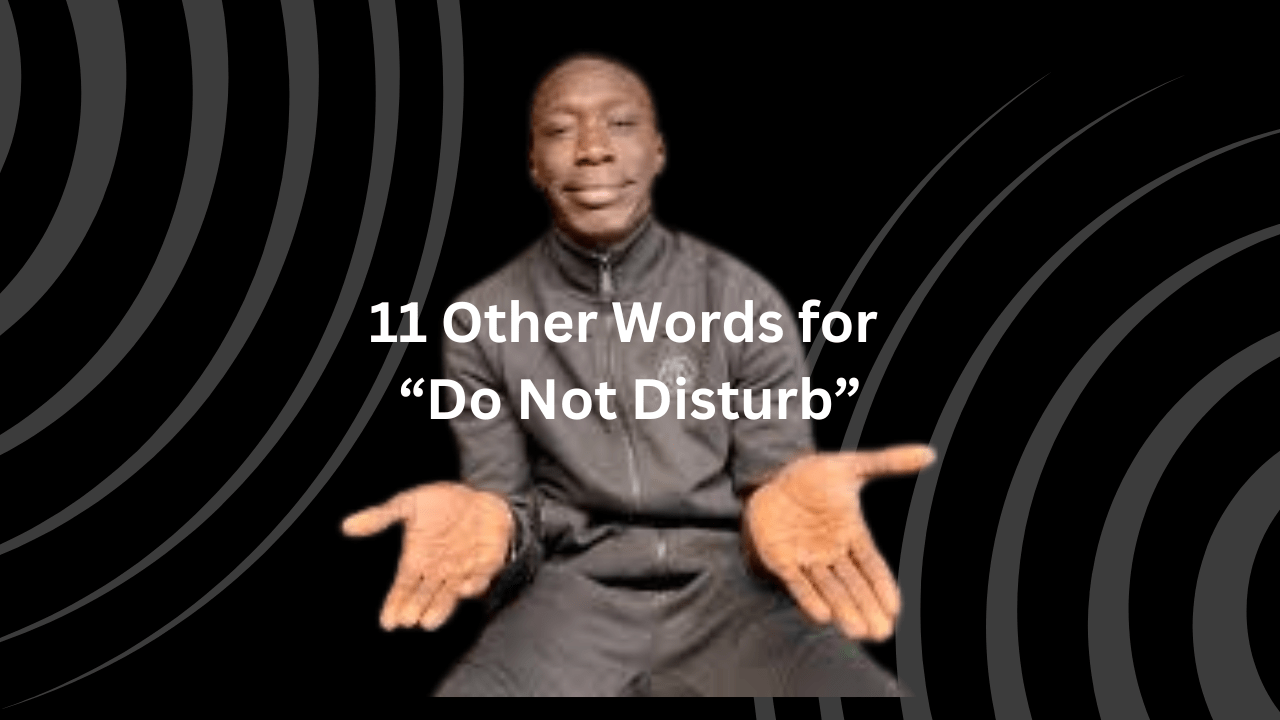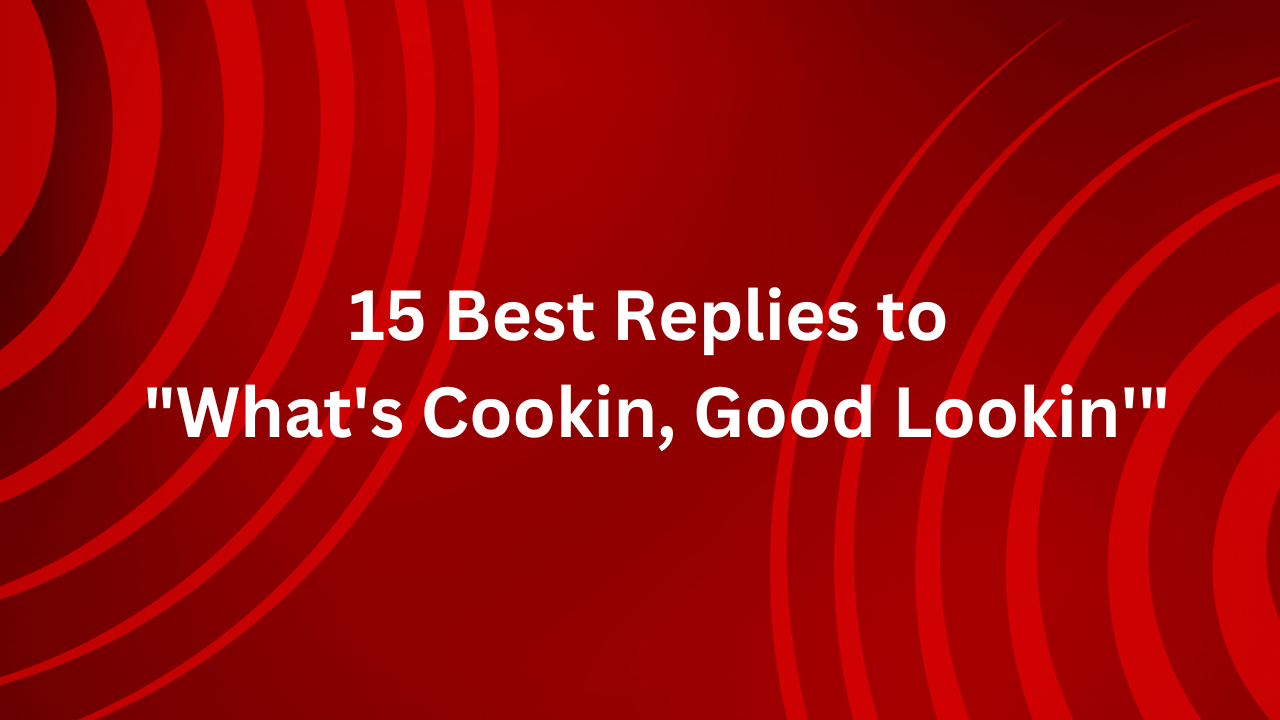In the midst of conversation with a friend, crush, or partner, a mere “Yeah” text has the potential to disrupt the flow and ambiance. Its brevity leaves one questioning the sincerity of the engagement, unsure of the other party’s genuine interest in the interaction.
At times, opting not to respond to a curt “Yeah, Alright” message can be permissible. In such instances, the individual has already conveyed their acquiescence or agreement, rendering further elaboration unnecessary.
Also Read this post: 25 Best Responses to “Oh Wow”
Similarly, encountering a repeated pattern of responses consisting solely of “Yes” or its informal variant, “Yea,” may leave one feeling disengaged or disheartened. However, even in the face of minimal engagement, there remains an opportunity for meaningful dialogue following receipt of a succinct “Yeah” message.
How To Respond To “Yeah” Text?
First and foremost, it’s essential not to exert pressure on the other individual to sustain the conversation, particularly when met with lackluster responses. Phrases such as “Lmao,” “lol,” “haha,” and even a simple “yea” can effectively stifle the dialogue.
When these responses are employed, they typically signal a lack of interest in further conversation from the other party. Various factors may contribute to this disengagement, including boredom, preoccupation with other activities, or simply a dearth of additional conversational material.
Depending on the context of the ongoing exchange and the depth of connection with the individual in question, it falls upon the initiator to determine how best to respond to a “Yeah” text with the intention of revitalizing the conversation.
Certainly, here are 20 effective responses to a simple “Yeah”:
- “I see, anything interesting happen today?”
- “Got it, so what’s your take on [related topic]?”
- “Fair enough, how was your day?”
- “Understood. Have you seen any good movies lately?”
- “Alright. By the way, did you hear about [relevant news or event]?”
- “Okay. How’s [topic you both previously discussed] going?”
- “Gotcha. So, what are your plans for the weekend?”
- “Cool. Have you tried that new restaurant everyone’s talking about?”
- “Sure thing. Speaking of which, did you catch the latest episode of [shared interest]?”
- “I see. Hey, do you have any recommendations for [book, movie, etc.]?”
- “Thanks for letting me know. Have you been working on anything exciting lately?”
- “Noted. By the way, have you ever been to [place of interest]?”
- “Got it. So, what do you think about [recent topic of discussion]?”
- “Alright. By the way, have you tried [new activity or hobby]?”
- “I understand. How’s your week been going so far?”
- “Okay. By the way, did you hear about the new [product or technology] that just came out?”
- “Thanks for the update. How was your [recent experience or event]?”
- “Gotcha. So, what’s on your mind these days?”
- “Sure thing. Have you seen the latest [TV show or series] everyone’s talking about?”
- “Okay. So, what do you feel like discussing today?”
“I see, anything interesting happen today?”
This response acknowledges the simplicity of the previous message (“Yeah”) while also initiating a new topic of conversation. By asking about any interesting events from the other person’s day, it demonstrates a genuine interest in their life and experiences. This approach fosters engagement by inviting the other person to share personal anecdotes or stories, thereby deepening the connection between both parties.
“Got it, so what’s your take on [related topic]?”
This response acknowledges the previous message and redirects the conversation towards a specific topic of interest. By soliciting the other person’s opinion or perspective on a related subject, it encourages them to actively contribute to the discussion. This approach not only maintains the flow of conversation but also demonstrates respect for the other person’s thoughts and ideas.
“Fair enough, how was your day?”
In response to a brief message like “Yeah,” this approach acknowledges the communication while shifting the focus to the other person’s well-being. By asking about their day, it shows genuine concern and interest in their life beyond the immediate conversation. This fosters a sense of connection and empathy, contributing to a more meaningful exchange.
“Understood. Have you seen any good movies lately?”
This response acknowledges the previous message and introduces a new topic of conversation. By asking about recent movie recommendations, it invites the other person to share their interests and preferences. This approach not only diversifies the conversation but also provides an opportunity for mutual discovery and shared experiences.
“Alright. By the way, did you hear about [relevant news or event]?”
In response to a brief acknowledgment like “Yeah,” this approach transitions the conversation towards discussing a relevant news story or event. By sharing information and inviting the other person’s input, it fosters engagement and intellectual exchange. This approach demonstrates a desire for meaningful conversation beyond surface-level interactions.
“Okay. How’s [topic you both previously discussed] going?”
This response acknowledges the previous message while reintroducing a topic previously discussed. By checking in on the progress or status of a shared interest or project, it shows continuity in the conversation and reinforces mutual engagement. This approach fosters collaboration and shared experiences, strengthening the bond between both parties.
“Gotcha. So, what are your plans for the weekend?”
In response to a simple acknowledgment like “Yeah,” this approach redirects the conversation towards discussing future plans or activities. By asking about the other person’s weekend plans, it demonstrates interest in their life and availability for potential interactions. This approach fosters anticipation and excitement for future interactions, contributing to a more dynamic and engaging conversation.
“Cool. Have you tried that new restaurant everyone’s talking about?”
This response acknowledges the previous message and introduces a new topic of conversation. By asking about the other person’s experiences with a popular restaurant, it invites them to share their opinions and recommendations. This approach fosters shared experiences and mutual discovery, contributing to a more meaningful exchange.
“Sure thing. Speaking of which, did you catch the latest episode of [shared interest]?”
In response to a brief acknowledgment like “Yeah,” this approach redirects the conversation towards discussing a shared interest, such as a TV show or series. By asking about their thoughts or reactions to recent episodes, it demonstrates a shared passion and enthusiasm for mutual interests. This approach fosters camaraderie and shared experiences, deepening the connection between both parties.
“I see. Hey, do you have any recommendations for [book, movie, etc.]?”
This response acknowledges the previous message and redirects the conversation towards seeking recommendations from the other person. By asking for their input on books, movies, or other interests, it demonstrates respect for their opinions and preferences. This approach fosters mutual discovery and shared experiences, contributing to a more engaging and dynamic conversation.
“Thanks for letting me know. Have you been working on anything exciting lately?”
This response acknowledges the previous message while shifting the conversation towards the other person’s recent activities or projects. By showing interest in their endeavors, it encourages them to share their accomplishments and passions. This approach fosters mutual support and encouragement, strengthening the connection between both parties.
“Noted. By the way, have you ever been to [place of interest]?”
In response to a brief acknowledgment like “Yeah,” this approach introduces a new topic of conversation by asking about the other person’s experiences with a particular place or destination. By expressing curiosity and initiating discussion about shared interests, it fosters engagement and mutual discovery. This approach encourages the exchange of personal experiences and memories, contributing to a more meaningful conversation.
“Got it. So, what do you think about [recent topic of discussion]?”
This response acknowledges the previous message while redirecting the conversation towards a recent topic of discussion. By seeking the other person’s opinions or insights, it demonstrates respect for their perspective and fosters intellectual exchange. This approach encourages active participation and collaboration, contributing to a more enriching conversation experience.
“Alright. By the way, have you tried [new activity or hobby]?”
In response to a brief acknowledgment like “Yeah,” this approach introduces a new topic of conversation by asking about the other person’s experiences with a recent activity or hobby. By expressing interest and curiosity, it encourages them to share their interests and passions. This approach fosters mutual discovery and shared experiences, deepening the connection between both parties.
“I understand. How’s your week been going so far?”
This response acknowledges the previous message while shifting the conversation towards discussing the other person’s week. By asking about their experiences and challenges, it shows empathy and concern for their well-being. This approach fosters emotional connection and support, strengthening the bond between both parties
“Okay. By the way, did you hear about the new [product or technology] that just came out?”
In response to a brief acknowledgment like “Yeah,” this approach introduces a new topic of conversation by discussing a recent product or technological development. By sharing information and seeking the other person’s input, it fosters engagement and intellectual exchange. This approach demonstrates curiosity and enthusiasm for mutual interests, contributing to a more dynamic and stimulating conversation.
“Thanks for the update. How was your [recent experience or event]?”
This response acknowledges the previous message while redirecting the conversation towards discussing a recent experience or event. By expressing interest in their activities and experiences, it fosters engagement and mutual understanding. This approach encourages the exchange of personal stories and reflections, deepening the connection between both parties.
“Gotcha. So, what’s on your mind these days?”
In response to a brief acknowledgment like “Yeah,” this approach redirects the conversation towards discussing the other person’s thoughts and feelings. By asking about their current interests or concerns, it demonstrates empathy and support. This approach fosters open communication and emotional connection, strengthening the bond between both parties.
“Sure thing. Have you seen the latest [TV show or series] everyone’s talking about?”
This response acknowledges the previous message while introducing a new topic of conversation by discussing a popular TV show or series. By expressing interest and curiosity, it encourages the other person to share their opinions and recommendations. This approach fosters mutual discovery and shared experiences, contributing to a more engaging and dynamic conversation.
“Okay. So, what do you feel like discussing today?”
This response acknowledges the previous message while inviting the other person to choose the topic of conversation. By empowering them to guide the discussion, it demonstrates respect for their interests and preferences. This approach fosters mutual engagement and collaboration, contributing to a more meaningful and enjoyable conversation experience.










